The Fishing Bible
Welcome to "The Fishing Bible," by Chapman Outdoors; your ultimate guide to mastering the art of fishing and angling. Whether you're a seasoned fisherman or just casting your line into the world of fishing, this comprehensive resource is designed to elevate your fishing game. Inside "The Fishing Bible," you'll discover an extensive list of flies and lures, meticulously curated to ensure you have the right bait for every catch, season, and water condition.
Fishing is an art form, blending skill, patience, and knowledge of nature to create unforgettable moments by the water. Knowing which fly or lure to use, understanding the habits of your target fish, and adapting to the season are crucial components of successful fishing. "The Fishing Bible" is here to guide you through these decisions, offering expert advice on selecting the perfect equipment for your fishing adventures, no matter the time of year.
Our mission is to provide you with the wisdom of the waters, passed down through generations of anglers. From the crisp, icy streams of winter to the serene, sunlit rivers of summer, "The Fishing Bible" covers every scenario you might encounter. With our guide, you'll learn not just which flies and lures to use but also when to use them to maximize your chances of making that perfect catch.
So, whether you're aiming to snag a fierce bass, a cunning trout, or any other fish that calls the water home, "The Fishing Bible" is your go-to resource. Let's embark on this journey together, with rod in hand and heart full of anticipation, as we explore the depths of fishing knowledge and expertise.
The Fishing Bible: When to Get Out
The age old question is always, "when should I go out?" We've created a chart with a general breakdown of the average hatch times, and the best times to fish during the day.
The Fishing Bible: What to Use
It can also be difficult to decide what fly to use. Now that you know when you should be out on the water, we've compiled a breakdown of what flies are most affective during certain months. Pro tip: leeches and midges are basically your go to.
Fishing Flies and Lures
Streamers
Streamers are designed to mimic larger prey such as baitfish, leeches, crustaceans, and other aquatic creatures that fish prey upon. Unlike dry flies or nymphs, which often aim to replicate insects at various stages of their life cycle (either floating on the water's surface or submerged), streamers are intended to appeal to a fish's predatory instincts.
Often, these are considered the "year-round" fishing flies, because you can... use them all year.
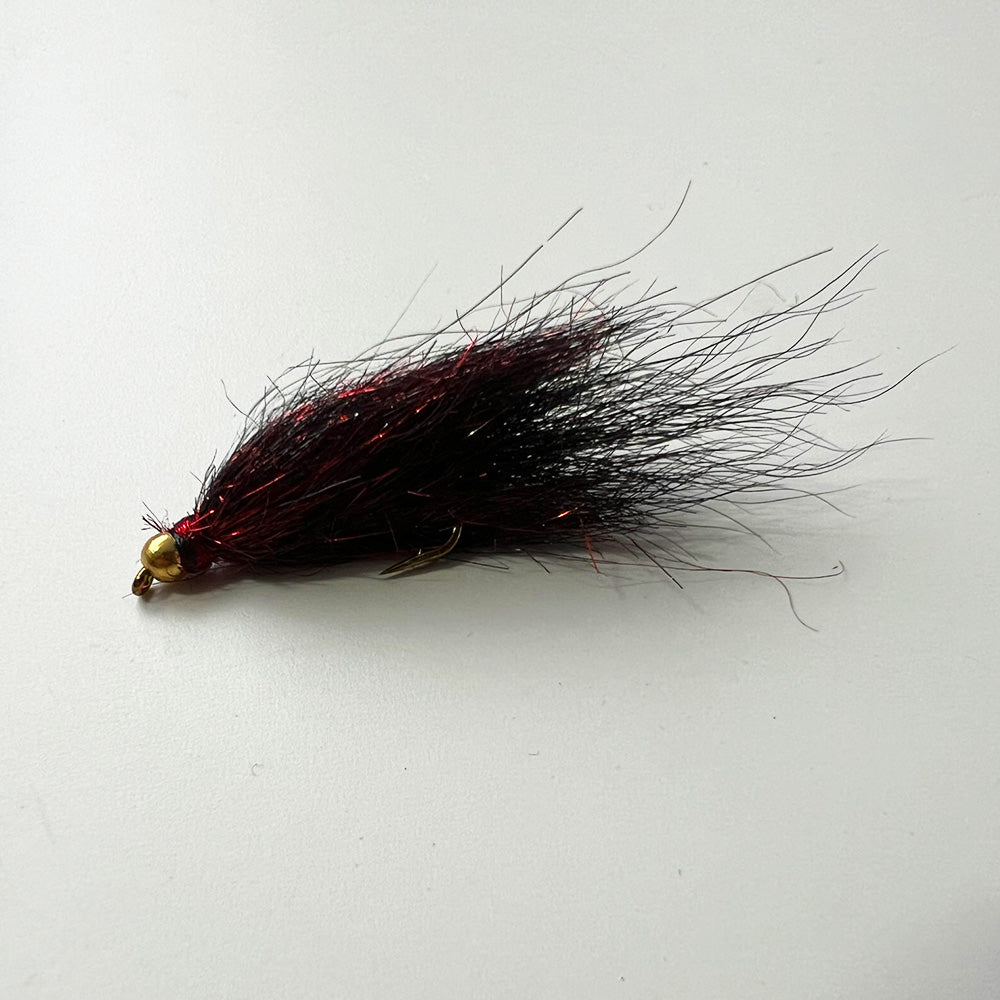
Leech
Leech flies are maybe the best flies to use when you're going to a new lake. These flies are versatile and fed on by numerous fish all year round. You can use this fly on trout, bass, walleye, and other predatory fish.
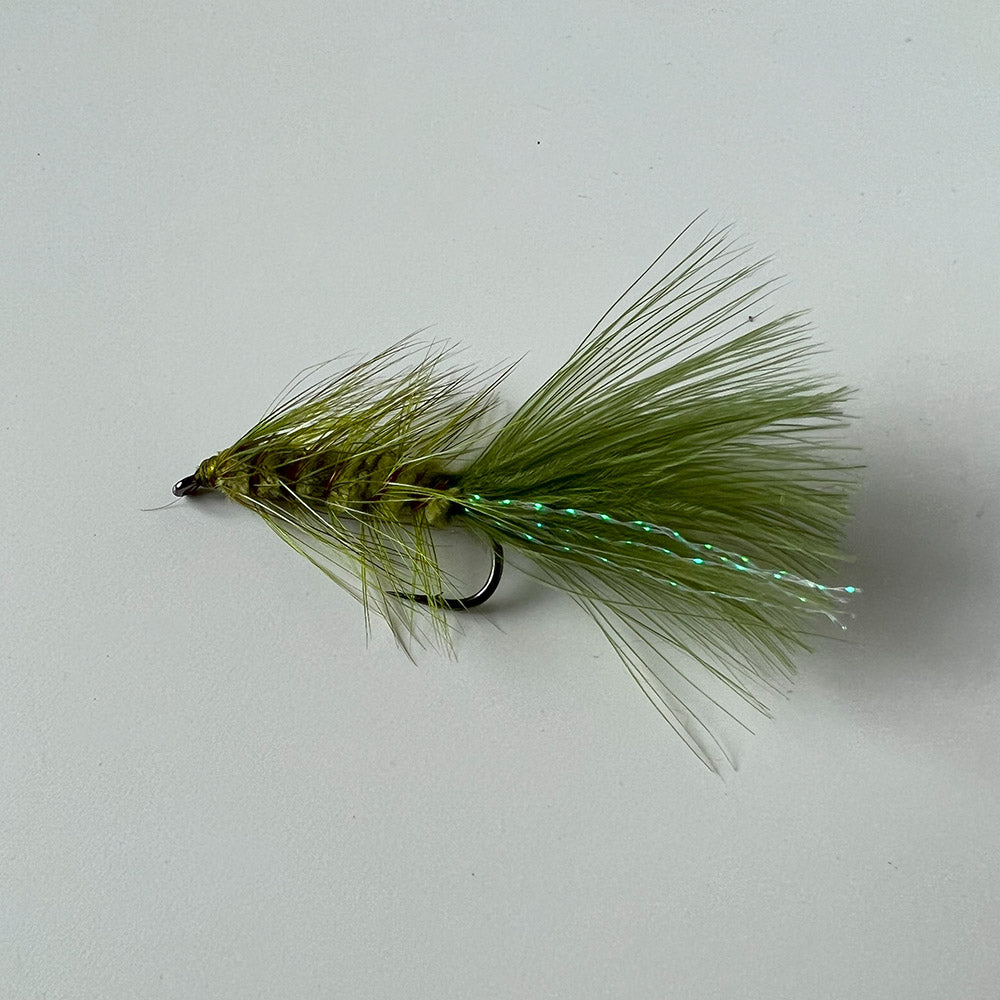
Wooly Bugger
Wooly buggers and leech flies are similar. The Wooly Bugger is considered the "upgrade" to the leech fly because of the design and movement in the water. Similar to the leech fly, these are great for most fish in most lakes. Another, "must have".
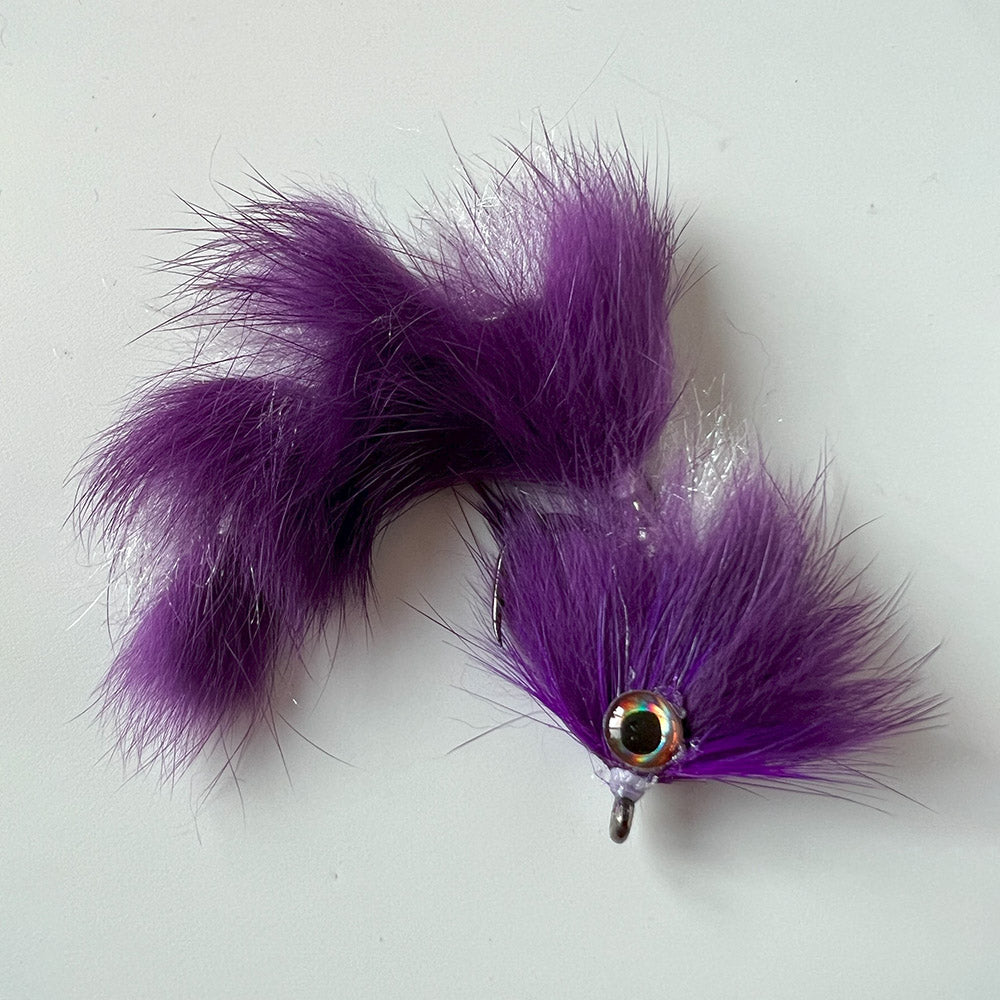
Game Changers
Game Changers are streamers that are designed to give intense movements in the water. Generally, larger in size, these flies are great for more aggressive fish like bull trout or walleye. Once again, you can use these bad boys all year round.
Nymphs / Wet Flies
Nymphs are a type of fishing fly designed to imitate the immature, underwater stage of insects before they mature into adults. This category of fly is crucial because many fish, especially trout, feed extensively on insect larvae and nymphs found beneath the surface of the water.
Unlike dry flies, which float on the water's surface to mimic adult insects, nymphs are weighted down to sink below the surface, where fish are often feeding. This is why they are also called wet flies.
They are designed to look like various types of insect larvae, such as mayflies, caddisflies, stoneflies, and midges, which live in the water before emerging as adults. The idea is to present these lures in such a way that they mimic the natural movement and appearance of these aquatic invertebrates.
-

Caddis Worm Fly
The caddis worm fly, designed to imitate the larval stage of the caddisfly, is a highly effective fly for fishing a variety of freshwater fish, but it is most renowned for targeting trout. Trout, in particular, feed voraciously on caddis larvae, making this type of fly an essential tool in the fly fisherman's arsenal.
-

Brown Pheasant Tail Nymph
The Brown Pheasant Tail Nymph is a highly versatile and effective artificial fly used in fly fishing to imitate a variety of aquatic insect nymphs, particularly the nymph stage of mayflies. Anglers use the Brown Pheasant Tail Nymph to target a wide range of freshwater fish species, but it is especially popular for fishing trout and grayling.
-

Chironomid Fly
Chironomid flies imitate blood midges. They are great to use early in the year, usually in spring. These flies are designed to imitate the larval stage of the chironomid family, which is abundant in freshwater environments worldwide. Given their prevalence, many fish species, including trout, bass, and panfish, feed on chironomids at various life stages, making them a versatile target for anglers.
-

Salmon Egg Flies
I'm sure you can guess what these imitate. These are best used in the fall during the salmon run. Trout, salmon and steelhead will eat these up. Salmon eggs do not float, so these bad boys are in the wet fly category.
-

Parachute Mayfly
These are designed to not fully sink because of the "parachute" head. They are designed to imitate the hatching process where a bubble seemingly appears under water. These are great for most trout.
-

Freshwater Shrimp Flies
Great for grayling, perch, bass, panfish, trout (rainbow and brown mostly), and carp. These mimic the natural design and movement of shrimp to bring them in. These are great to use in both rivers and lakes.
Dry Flies
Dry flies are designed to float on the top of the water, or within a few inches of the surface. These are generally going to be your mayflies, caddis, stone flies, grasshoppers and other insects like beetles and ants. These flies are often very light weight and made with things like elk and deer hair.
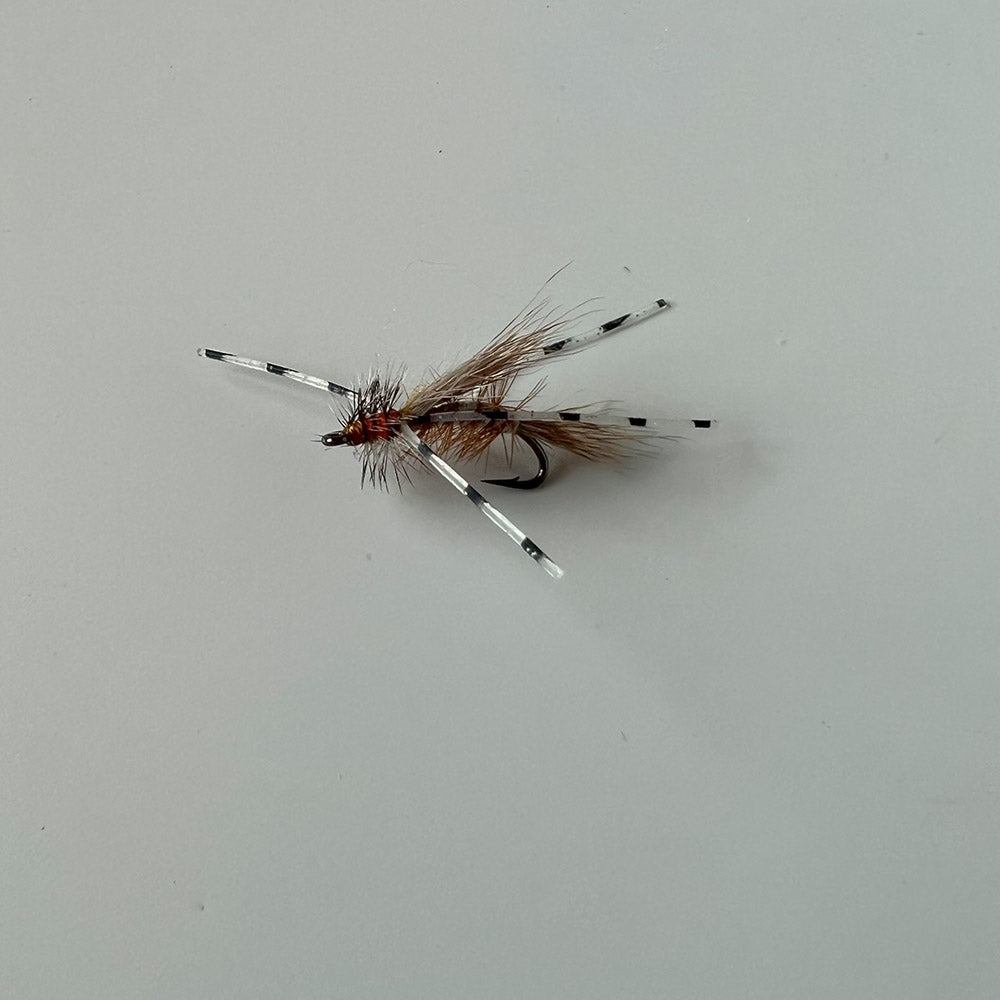
Rubber Leg Stimulator
Rubber Leg Stimulator flies are used to create a wide body on the surface of water. They serve as an attractor to imitate a variety of insects during hatching season. You can use these on trout and bass, but may be used for other predatory fish.
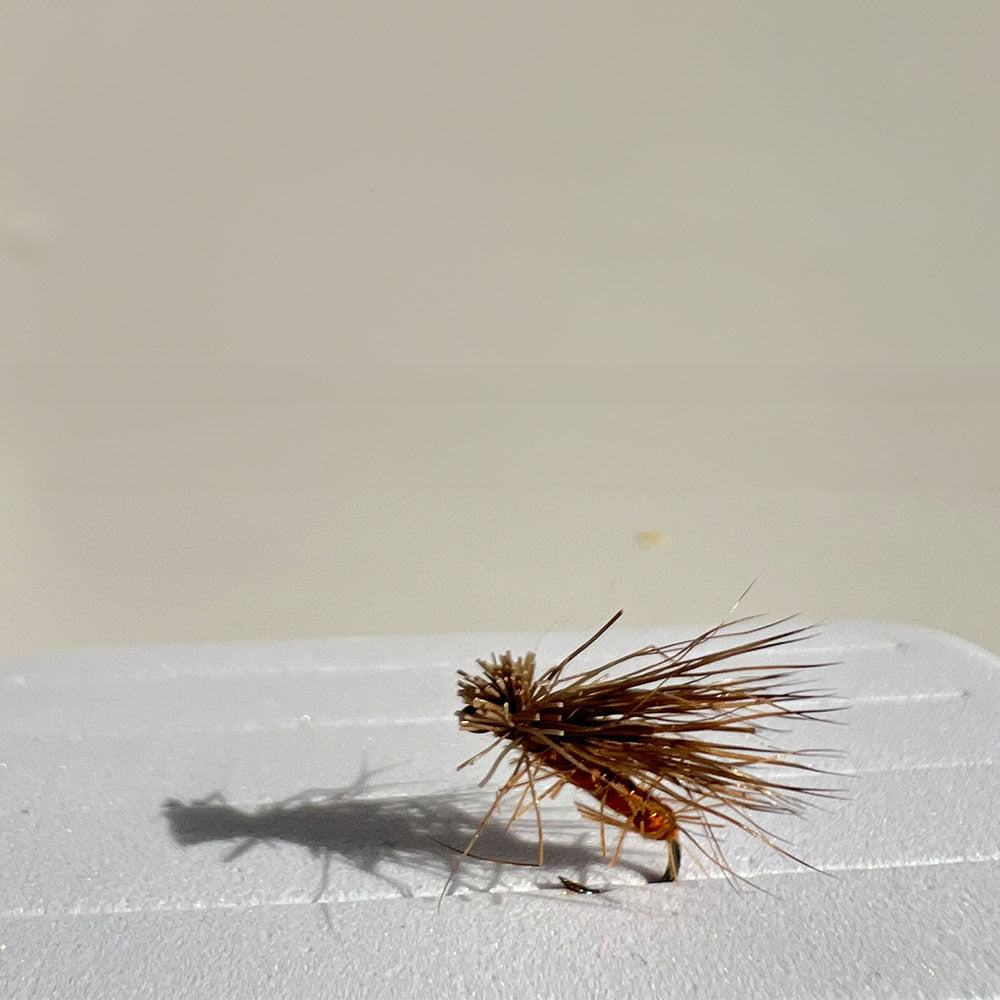
Elk Hair Caddis
These aren't perfect imitators, but they are buoyant and buggy. These imitate common food sources for trout, including rainbow, brown, and brook trout. These attempt to imitate small moths and similar insects.

Foam Beetle Flies
Foam beetle flies can also be used to imitate other large terrestrial insects that frequently fall into the water, especially in late summer and early fall. The rubber legs provide a kicking motion that mimics the struggles of these insects when they hit the water, attracting predatory fish. Trout, bass, perch, and most other fish will give these guys a go.
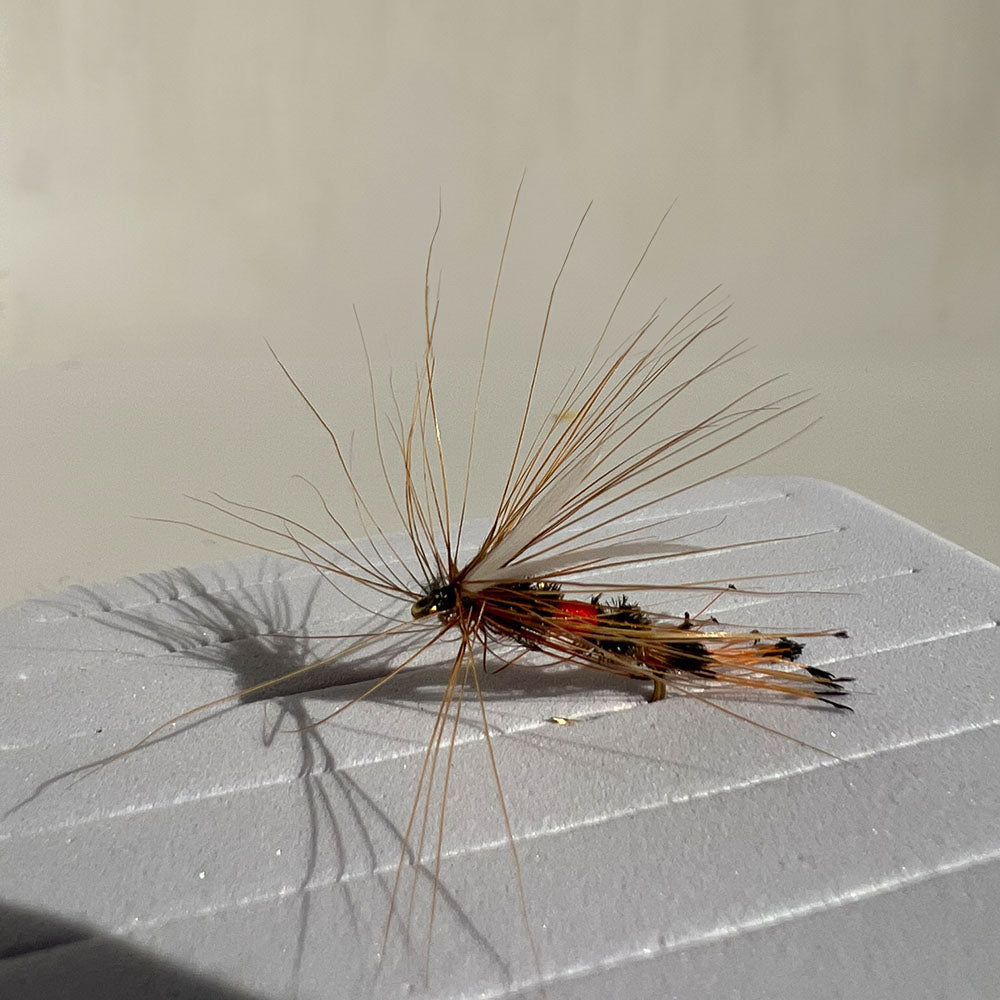
Royal Wulff
The Royal Wulff was created by Lee Wulff in the early 20th century and has since become a staple in the fly boxes of anglers worldwide. Anglers often use the Royal Wulff during hatch times when fish are actively feeding on the surface, but it can also be an effective searching pattern when the specific type of insects the fish are feeding on is unknown. Its ability to attract fish, even when there is no hatch occurring, has made the Royal Wulff a go-to fly for eliciting strikes from trout and other species in a variety of fishing conditions.








